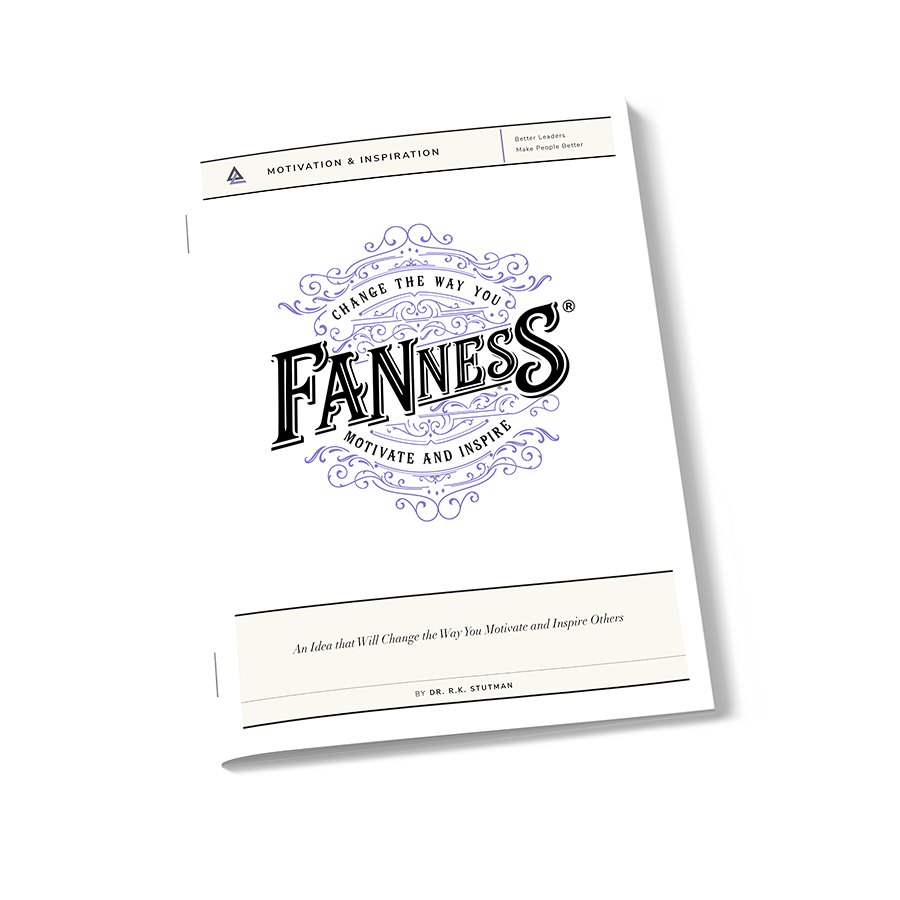Smart leaders and decision-makers have a fallback position for any strategic choice or decision they make. They choose not to finalize their decision or enter negotiations without it.
That’s because a fallback position serves as a reference point against which they can judge the quality of offers, options, and choices.
But the best advantage of a fallback position is the protection it provides. A good fallback position is a leadership safety net.
Technically speaking, a fallback position is an alternative option or the lowest acceptable outcome the leader is willing to accept if things go terribly wrong.
When the desired outcome is no longer possible, a fallback position is what leaders do instead. Because it exists prior to any setback or failure, the fallback minimizes disruptions and allows the leader and team to quickly pivot and adapt. This provides the continuity and stability teams need after a failed decision or effort.
Don’t confuse a fallback position with a contingency plan. Contingency plans are about risk, not failure. They are the first layer of defense when things don’t go as planned. If X happens, then we do Y.
Fallback plans are about failure, collapse, and defeat. If X is no longer possible or feasible, then the team resorts to fallback position Y.
Fallback positions do not exist to respond to contingencies. They represent the Plan B if and when the decision or negotiation falls apart.
Having a solid fallback position reduces downtime and financial losses associated with the failure. Any reputational damage suffered by the setback is minimized, and it allows a new pathway to find instant traction. This also promotes the confidence needed to recover, as teams are easily paralyzed after a big misstep.
In negotiations, a fallback position makes it less likely for leaders to accept unfavorable terms or to settle for less than their baseline requirements.
In strategy and decision-making, a fallback position clarifies the goals and the risks associated with the game plan and serves as an escape hatch from calamity.
Good leaders begin working on a fallback plan or position before finalizing any major decision or beginning any high-stakes negotiation.
It is the parachute they pack themselves just in case the plane can’t fly. Just knowing they have an alternative to catastrophe gives them peace of mind. They don’t ever plan on pulling the ripcord and deploying the parachute, but they thank themselves for thinking proactively if that time comes.
For every major decision, what is your fallback position? Sometimes, decisions and strategies blow up. Knowing your fallback position or plan can be a lifesaver.

